A few videos introducing night markets
▲ An introduction from: http://www.taiwan.gov.tw/
● Shi - Lin (士林) Night Market● Rau - He - Jie (饒河街) Night Market
● Tong - Hua - Jie (通化街) Night Market
By Shiu-Tang Li
▲ An introduction from: http://www.taiwan.gov.tw/
● Shi - Lin (士林) Night Market The Tang (唐) Dynasty government put strict sanctions on Night Markets and their operations in A.D. 836. Towards the end of the Tang Dynasty, economic expansion led to less state regulation and restrictions being lifted on Night Markets. During the Song (宋) Dynasty (960-1279), Night Markets played a central role in Chinese nightlife. These markets were found in corners of large cities. Some stayed open for twenty- four hours. Song period Night Markets are also known to have included restaurants and brothels due to being frequently located near business districts and red light districts.
Taiwanese Night Markets started as local markets that operated in urban sites. Most Night Markets started as small gatherings in street corners or in temple plazas. These markets were joined by retailers who sold handicrafts and traditional medicine. One example of a Night Market Network is Taipei. Small gatherings of night vendors lined up the streets of Taipei, but still the city was not classified as a Night Market. Taipei was not known to be prosperous until after World War II. Starting in the 1950s, Night Markets formed in Taipei's old urban areas and later settlements were set up across the city's edges. In the 1970s, Night Markets spread into new suburbs and manufacturing areas. There were also traveling periodic Night Markets that could even be found in rural towns. By the 1980s, anyone could buy a full range of goods even in a remote area.
Night markets in Taiwan have become famous for their xiaochi (小吃), an important category of Chinese food which literally translates to "small eats". Served in portions similar to Spanish tapas, these dishes are often served as carry-out items, but many sellers provide small folding tables and stools for customers who would like to sit while they eat. These dishes are offered at low prices, usually around $30 to $50 NTD ($1–$1.75 USD). Visitors who expect to eat enough to be full during a trip to the night market will usually spend around $100NTD - $300NTD ($3–$10 USD). Most night markets also have some small restaurants, which provide a number of simple courses that allow people to finish a full meal without having to eat their way through the entire market.
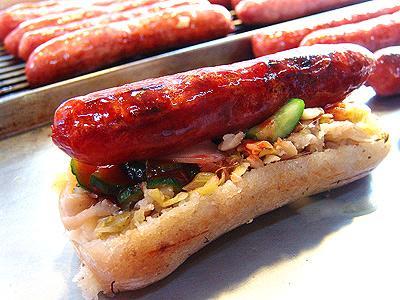
▲ Taiwanese sausage with sticky rice (大腸包小腸) (from http://kiki67k.blogspot.com/)
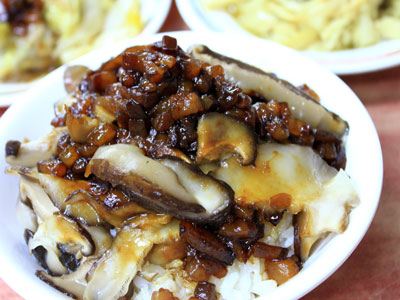
▲ Braised pork rice with mushrooms (香菇滷肉飯) (Huaxi Street (華西街) Tourist Night Market; http://0223707118.tw.tranews.com/)
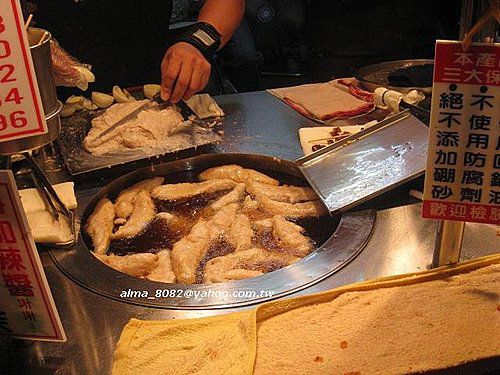
▲ Deep fried Marlin tempura (炸旗魚串) (Huaxi Street (華西街) Tourist Night Market; http://alma0209.pixnet.net/)
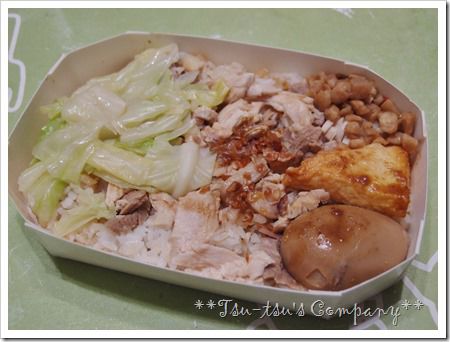
▲ Chicken rice (Yizhong Street (一中街) Night Market; http://weiin14f.pixnet.net/)
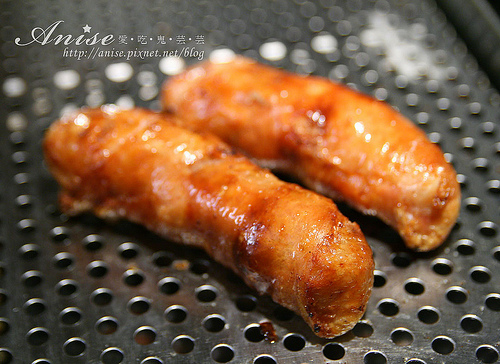
▲ Grilled chicken roll (爆漿雞腿捲) (Rau-He Street (饒河街) Night Market;
http://www.ipeen.com.tw/)
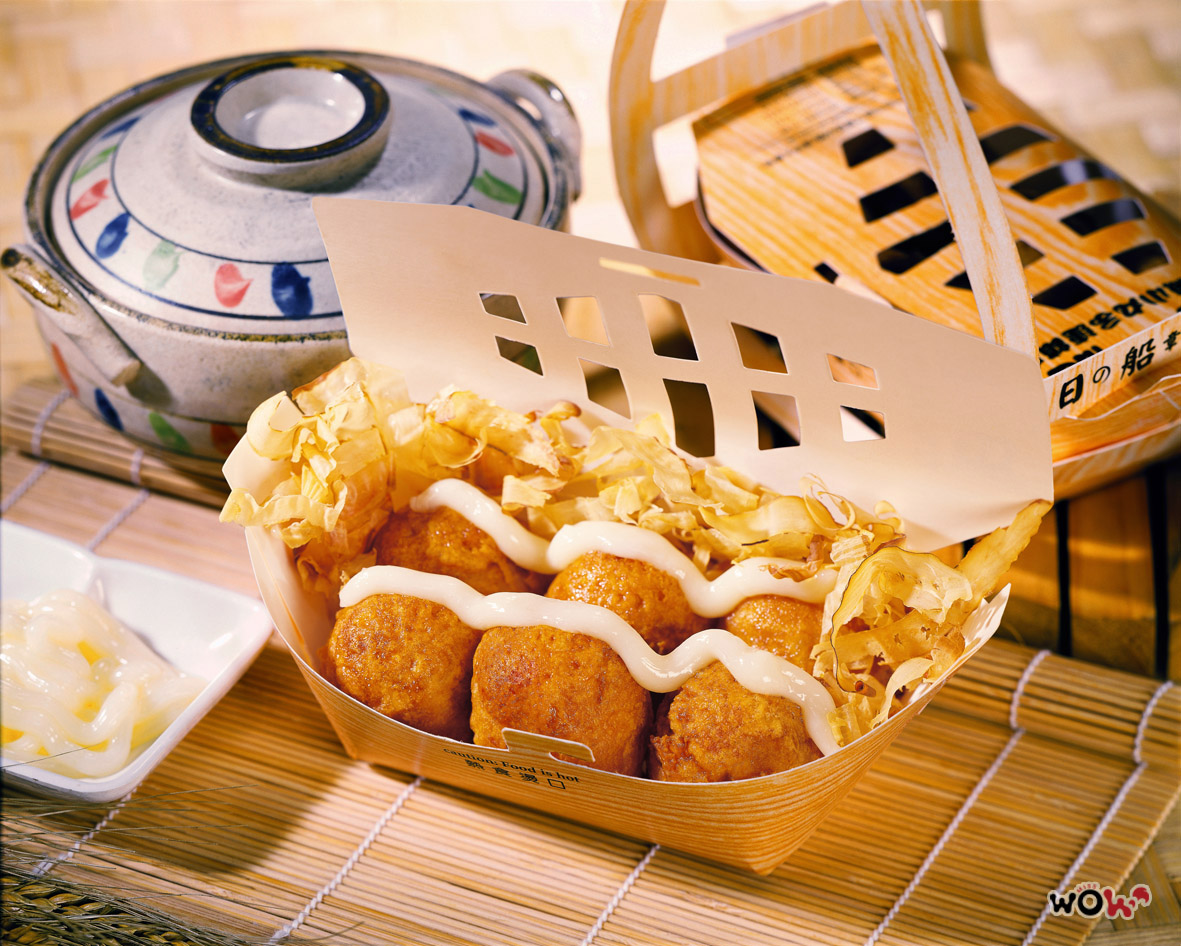
▲ Grilled Octopus Balls - Takoyaki (originally from Japan) (http://wow-miss.blogspot.com/)
Top of page